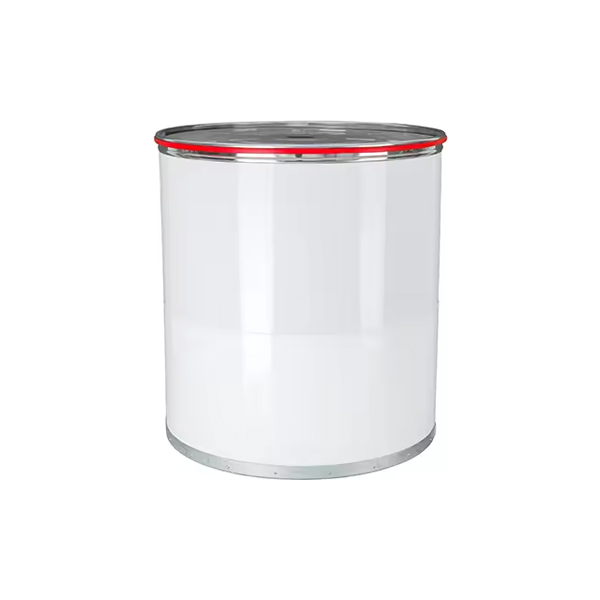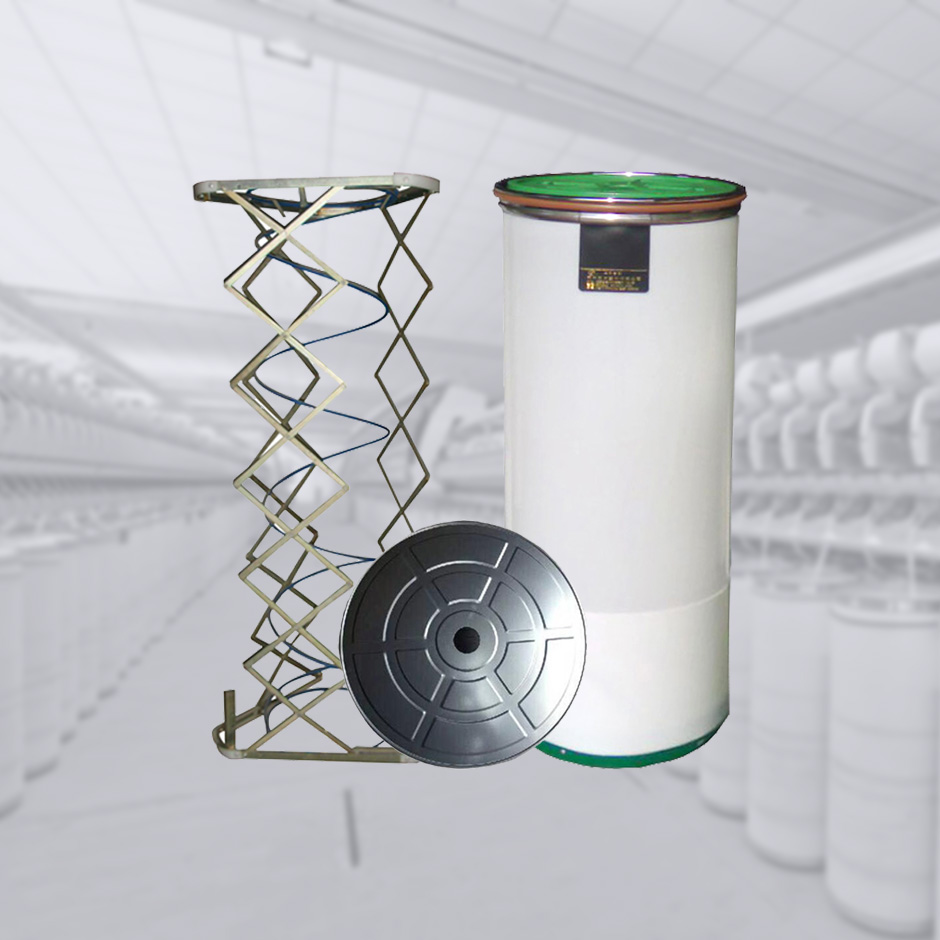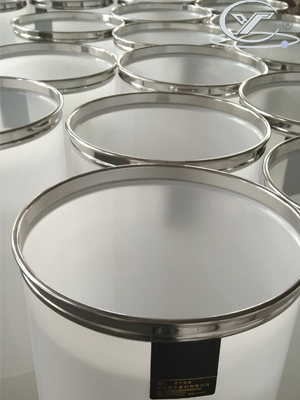In textile manufacturing, efficient fiber handling and processing are crucial for high-quality yarns and fabrics. Sliver cans and spinning cans, though initially similar, serve distinct functions in various fiber processing stages.
This article explores their roles, features, and differences, highlighting their importance in textile manufacturing.
Introduction to Sliver Cans and Spinning Cans

Sliver Cans
Sliver cans are round, cylindrical receptacles that are mostly utilized in the first phases of fiber extraction. They store and transport sliver, which is a loose, rope-like strands of aligned fibers created during the carding and drawing processes. Sliver cans play a vital role in maintaining the quality and consistency of the sliver by protecting it from contamination and damage. They are made to make sure the sliver stays straight and untangled, which is necessary to produce yarn of the highest caliber.
Spinning Cans
Spinning cans, on the other hand, are used later in the yarn-spinning process. They store and manage roving or pre-yarn, which is a slightly twisted strand of fibers that have been attenuated and prepared for final spinning. Spinning cans are designed to handle the increased tension and twists applied to the fibers during the spinning process, ensuring smooth and efficient yarn production.
Key Differences Between Sliver Cans and Spinning Cans
Purpose and Application
- Sliver Cans: Used primarily during the carding and drawing stages, sliver cans store loose slivers, maintaining their alignment and protecting it from contamination. They are necessary to maintain the fibers’ quality prior to additional processing.
- Spinning Cans: Used during the roving and spinning stages, spinning can store roving or pre-yarn. They handle the increased tension and twist applied to the fibers, ensuring that the final yarn is strong and uniform.

Design and Construction
- Sliver Cans: Typically made from lightweight materials such as plastic or metal, sliver cans have a smooth interior surface to prevent the sliver from snagging or tangling. They are made to be stackable and readily portable, which makes handling and storage more effective.
- Spinning Cans: Constructed from more durable materials to withstand the rigors of the spinning process, spinning cans often feature reinforced walls and bases. They are designed to handle the increased weight and tension of the roving or pre-yarn, ensuring smooth and uninterrupted spinning.
Size and Capacity
- Sliver Cans: Generally larger in diameter and shorter in height, sliver cans are designed to hold a significant amount of sliver while maintaining its alignment and quality. Their size and shape facilitate easy loading and unloading of the sliver.
- Spinning Cans: Typically taller and narrower, spinning cans are designed to hold roving or pre-yarn in a compact and organized manner. Their shape and size are optimized for the efficient transfer of fibers during the spinning process.
The Role of Sliver Cans in Textile Manufacturing
Fiber Preparation
In the early phases of fiber production, sliver cans are essential. During carding and drawing, fibers are cleaned, aligned, and condensed into sliver. Sliver cans store this prepared sliver, ensuring that it remains protected and properly aligned. This is essential for maintaining the quality of the fibers as they progress through subsequent stages of processing.
Quality Maintenance
By protecting the sliver from contamination and damage, sliver cans help maintain the consistency and quality of the fibers. This is crucial for producing high-quality yarn, as any impurities or misalignment in the sliver can negatively impact the final product.
Efficiency and Organization
Sliver cans facilitate efficient handling and storage of the sliver. They are simple to move and store because of their lightweight and stackable construction, which guarantees the seamless and effective functioning of the fiber processing processes.
The Role of Spinning Cans in Textile Manufacturing
Intermediate Storage
Spinning cans store roving or pre-yarn, which is an intermediate product created during the roving stage. This slightly twisted strand of fibers is essential for the final spinning process, as it provides the necessary strength and coherence to the fibers.
Smooth Spinning Process
During the spinning process, fibers are subjected to increased tension and twist. Spinning cans are designed to handle these forces, ensuring that the roving or pre-yarn is smoothly and efficiently transferred into the spinning frame. This helps produce strong and uniform yarn, which is essential for high-quality textiles.
Durability and Stability
Constructed from durable materials, spinning cans can withstand the rigors of the spinning process. Their reinforced design ensures that they remain stable and intact, even under the increased tension and weight of the fibers. Maintaining the effectiveness and caliber of the spinning operations depends on this.
| Feature | Sliver Cans | Spinning Cans |
| Purpose | Store and transport sliver | Store and manage roving or pre-yarn |
| Application Stage | Carding and drawing | Roving and spinning |
| Material | Lightweight materials (plastic or metal) | Durable materials with reinforced walls |
| Design | Smooth interior to prevent snagging | Reinforced for increased tension and weight |
| Size | Larger diameter, shorter height | Taller and narrower |
| Capacity | Holds a significant amount of sliver | Holds compact, organized roving/pre-yarn |
| Fiber Handling | Maintains alignment and quality of sliver | Handles increased tension and twist of fibers |
| Portability | Easily portable and stackable | Designed for stability during the spinning process |
| Role in Quality | Protects sliver from contamination and damage | Ensures smooth and efficient spinning |
| Efficiency | Facilitates efficient handling and storage | Maintains efficient transfer of fibers |
| End Product Impact | High-quality sliver for yarn production | Produces strong and uniform yarn |
Conclusion
Sliver and spinning cans are vital in textile manufacturing. Sliver cans store and protect fibers during carding and drawing, while spinning cans manage tension and twist during roving and spinning, ensuring strong, uniform yarn.
Understanding the differences between sliver cans and spinning cans is crucial for optimizing textile manufacturing. Choosing the right can for each fiber processing stage ensures product quality and consistency, resulting in high-quality yarns and textiles. Sliver and spinning cans are indispensable tools for efficient and successful textile production.

